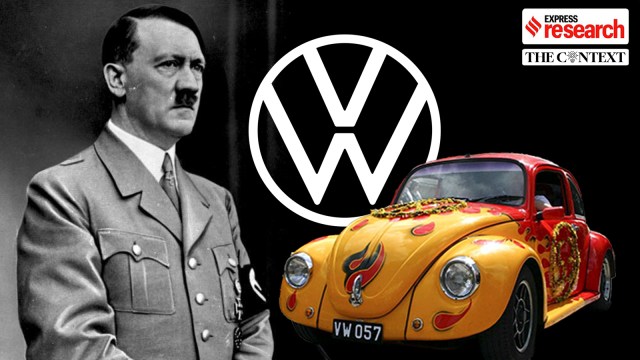For the first time in its 87-year history, Volkswagen, a cornerstone of Germany’s automotive heritage, is considering closure of at least three of its domestic factories and laying off thousands of staff.
Founded in Wolfsburg in 1937, Volkswagen not only drove Germany’s post-war economic resurgence but also cemented its place as a global automotive leader. The current situation reflects a critical juncture for the iconic car maker as it grapples with intensifying competition from Asian rivals and shrinking profit margins.

Carl Benz, the pioneer behind the first gasoline-powered car
Mechanisation was reshaping the industry in 19th-century Britain, France, and Germany. In this climate of innovation, Carl Benz, a skilled engineer, found himself at the heart of a region booming with entrepreneurship and heavy manufacturing.
Story continues below this ad
When Benz created his Patent-Motorwagen in 1885, he could not have foreseen that it would mark a turning point in history. After years of working on fuel-powered engines, this was the first time he successfully integrated one into a vehicle capable of transporting people independently. Interestingly, the funding for his groundbreaking work is said to have come from his wife Bertha Benz’s dowry.
A pioneer in her own right, Bertha undertook a bold 194-mile journey in 1888, driving the Motorwagen No.3 from their home in Mannheim to Pforzheim to visit her mother. Completing the trip without Carl’s knowledge, she demonstrated the viability of the automobile. Her ride, undertaken in a slightly modified version of Carl’s original vehicle, remains a defining moment in automotive history, proving that the Benz Motorwagen was not merely an invention but the dawn of the future.
In The People’s Car: A Global History of the Volkswagen Beetle, historian & author Bernhard Rieger notes, “When Carl Benz died in 1929 at the age of eighty-five, a German car journal celebrated him as a “genius” who had given the “civilised world… a means to conquer time and space.”
The Interwar Period (1920s-40s)
During the period between the two World Wars, America’s dominance in the automotive industry became clear. By 1927, Americans owned 80 per cent of the world’s cars, and Detroit in Michigan set global standards in manufacturing, design, and marketing. German visitors to America in the 1920s saw a stark contrast between the US and the Weimar Republic’s automotive industries.
Story continues below this ad
After the 1929 economic collapse, which left 6 million unemployed in Germany, only a “national revolution” was seen as a solution. The Nazis, led by Adolf Hitler, aimed to replace Marxism, liberalism, and capitalism, which they argued prioritised class interests over the nation’s unity.
To strengthen Germany economically and militarily, the Nazis enlisted experts in various fields, emphasising the need for industrial productivity. They promoted a modern lifestyle, epitomised by Hitler’s own use of cars and aeroplanes.
At the 1934 Berlin Auto Show, Hitler, having been in power for about a year, called for Germany’s automotive sector to expand dramatically to match Britain and the US. He promised affordable products like the “people’s car,” “people’s fridge,” “people’s television,” and “people’s tractor,” to bring a new era of technological progress and prosperity to Germany.
Hitler and the birth of the ‘people’s car’
In the 1930s, Hitler oversaw the construction of Germany’s iconic motorways, using them as job creation projects to instill national pride and dignity in a country still scarred by the war. He also tasked engineer Ferdinand Porsche with designing a car for the masses—a true “people’s car,” or Volkswagen (volks meaning ‘people’ and wagen meaning ‘car’).
Story continues below this ad
Porsche’s 1930s design laid the groundwork for a vehicle that would captivate millions, offering a durable, economical car with excellent driving performance. In February 1938, Hitler predicted, “This model will open up the automobile to millions of new customers on low incomes,” as he unveiled the prototype of an affordable family vehicle at the Berlin Auto Show.
Though World War II delayed the project, the idea endured, and after 1945, even the British occupiers saw its potential. Volkswagen (VW) and its headquarters in the newly established car city of Wolfsburg survived, with the VW Beetle emerging as a powerful symbol of West Germany’s economic recovery.
At Volkswagen’s headquarters, the focus remained on refining the Beetle’s core design, making continuous improvements to address flaws and meet changing market demands. “The Beetle thus provides a striking reminder that, long after their initial invention, products retain their attractiveness as a result of unspectacular technical adjustments” observed Rieger.
































